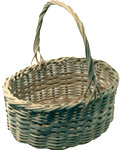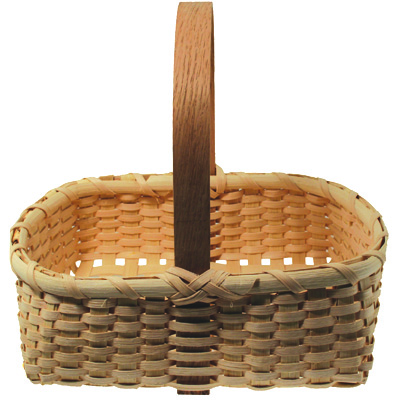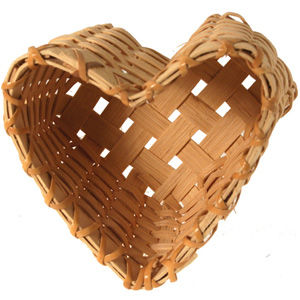Basketry Base Identification
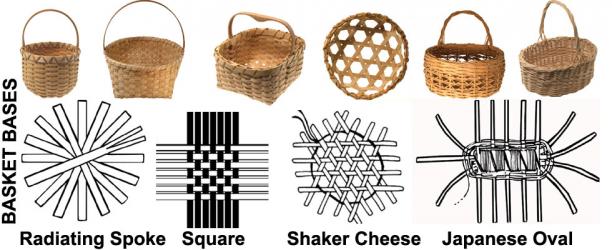
Basketry Base Identification
Contents are copyright V I Reed & Cane Inc. If you are reading these entries from a location other than Basketweaving.com, that means that the source has stolen our copyrighted content.
"Radiating spoke", "coiled", "square plain-weave", "hexagonal Shaker Cheese", "Japanese oval",
Do these basket base pattern names above suggest a visual image to you?
Or is it all still "Greek to me"?
If so, below we have a table of various bases and their common names.
This should help when you're reading a pattern description that doesn't include a photo.
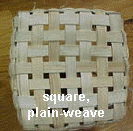
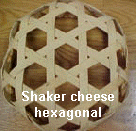
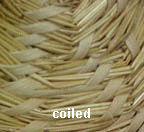
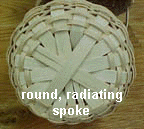
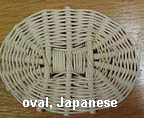

These are some of the most common types of bases used on baskets internationally. As you can see, some are woven with flat materials and others with round. The base layout or the materials dictate that decision.
For example, it's fairly obvious that one couldn't easily coil a basket with 1/2" flat reed. However, ryegrass (pictured above), pine needles or even round reed are the right shape and texture for coiling- because they're round.
Flat reeds, on the other hand, are perfect for the radiating spoke (like rays of the sun) layout, the square plain-weave (like a checkerboard), the hexagonal pattern and the heart.
The Japanese oval technique is the same base that we see in wicker laundry baskets. The actual base in the photo above is only about 4" long- but you could weave it ten times that size!
While this article isn't meant to teach you how to weave these bases,
some are so easy to do that the photos above will probably make it easy for you to duplicate one.
The round, radiating spoke base is as simple as laying out the spokes in a circle like rays from the sun. Put down two spokes in a cross, then add more crosses on top. What you get is the round, radiating spoke base.
For the square base, starting with a simple cross and, by adding spokes around the center,
it will make a sturdy base woven like a checkerboard pattern.
The hexagonal pattern is trickier: use a pattern to learn this one. Likewise, the Japanese oval, since you need to use larger round spokes for a skeletal structure and then weave a smaller round material into it for the completed base.
Here are some finished baskets that use the bases we'll described. Can you match the baskets to the bases?



